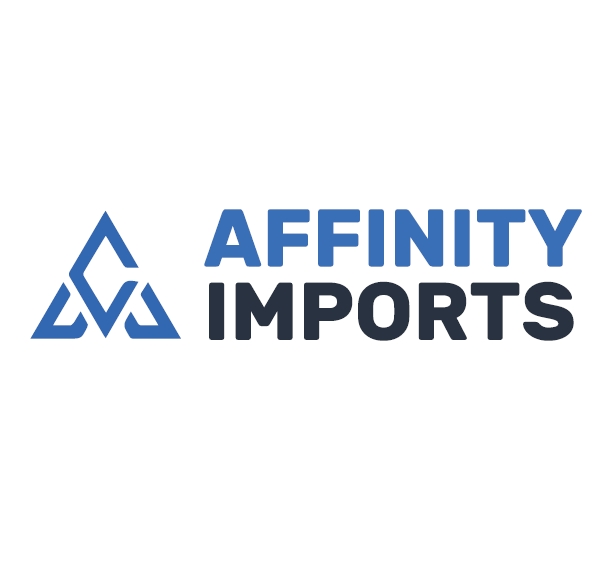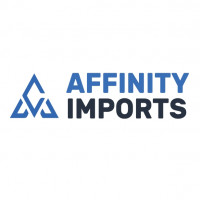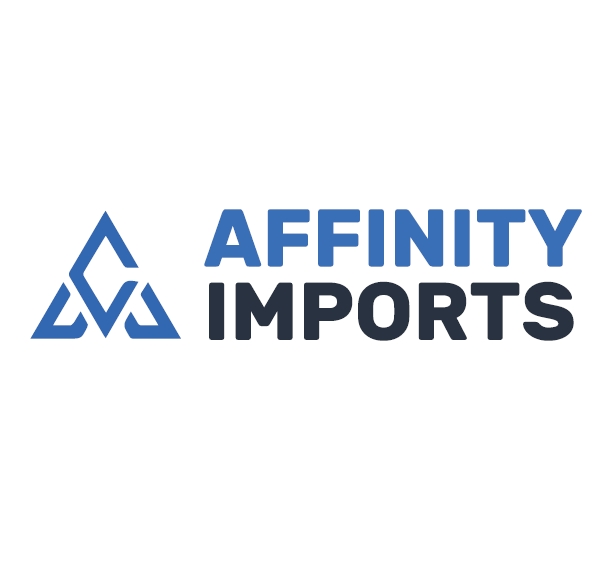The Art and Industry of Steel Fabrication: Building the Framework of Modern Society

Strong 8k brings an ultra-HD IPTV experience to your living room and your pocket.
Steel fabrication stands at the core of modern industrial and architectural development. From towering skyscrapers to intricate machine parts, the process of transforming raw steel into precise, usable components shapes the backbone of infrastructure and manufacturing. This article explores what steel fabrication entails, the processes involved, its significance across industries, and the role of trusted suppliers like Affinity Imports Ltd in delivering high-quality steel products.
What is Steel Fabrication?
Steel fabrication is the process of cutting, bending, shaping, and assembling steel into structures or products. Unlike basic manufacturing, which often involves mass production, fabrication involves crafting components for specific applications—whether for construction, automotive, shipbuilding, or heavy machinery.
The raw material typically used in fabrication is steel plate or sheet metal. Fabricators use a combination of manual labor, machine tools, and modern technologies such as CNC (computer numerical control) systems to create precise components.
Key Processes in Steel Fabrication
Steel fabrication involves several critical steps:
1. Cutting
The process begins with cutting steel into the required sizes and shapes. Methods include:
Mechanical cutting (using shears, saws, or chisels)
Thermal cutting (using plasma torches, lasers, or oxy-fuel)
Water jet cutting, which uses high-pressure water mixed with abrasives
2. Bending and Forming
Once cut, steel may need to be bent or formed into curves, angles, or other complex shapes. Techniques include press braking, rolling, or hammering, depending on the shape and thickness of the material.
3. Welding
Welding is used to join different pieces of steel together. Common types include MIG, TIG, and arc welding. High-strength joints are critical in fabrication for structural integrity and safety.
4. Machining
Machining processes such as drilling, milling, and turning are used to create precise holes, slots, or threads in steel components.
5. Assembly and Finishing
The final step is assembling all the fabricated parts into a complete product or structure. Finishing processes may include sandblasting, painting, powder coating, or galvanizing to enhance corrosion resistance and aesthetics.
Applications of Steel Fabrication
Steel fabrication plays a critical role in multiple sectors:
Construction: Fabricated steel beams, columns, trusses, and panels form the framework of modern buildings, bridges, and industrial facilities.
Automotive: Precision steel parts are vital in chassis, suspension systems, and safety components.
Energy and Oil & Gas: Steel pipelines, tanks, rigs, and supports are fabricated to withstand harsh environmental conditions.
Aerospace and Marine: Structural components, supports, and housings require lightweight, high-strength steel fabricated to exact specifications.
Manufacturing Equipment: Steel is used in producing custom machinery, tooling, and assembly lines.
Modern Innovations in Steel Fabrication
As technology evolves, so does steel fabrication. Key innovations include:
CNC Automation: Automating cutting and welding for increased accuracy and reduced human error.
3D Modeling and BIM Integration: Enhancing design accuracy and reducing rework during fabrication.
Laser and Plasma Cutting Advancements: Increasing speed and precision.
Sustainable Practices: Using recycled steel and improving energy efficiency throughout fabrication processes.
Conclusion: A Trusted Partner in Steel Supply – Affinity Imports Ltd
In the intricate and demanding world of steel fabrication, access to premium-grade materials is paramount. Affinity Imports Ltd has established itself as a trusted name in the import and supply of high-quality steel products. With a deep understanding of industry requirements and a commitment to excellence, Affinity Imports Ltd ensures that fabricators and manufacturers receive steel that meets stringent standards—empowering innovation, safety, and durability across every project.
Whether you're building the future of infrastructure or engineering precision components, choosing a reliable steel supplier like Affinity Imports Ltd is a cornerstone of success in steel fabrication.
Note: IndiBlogHub features both user-submitted and editorial content. We do not verify third-party contributions. Read our Disclaimer and Privacy Policyfor details.



